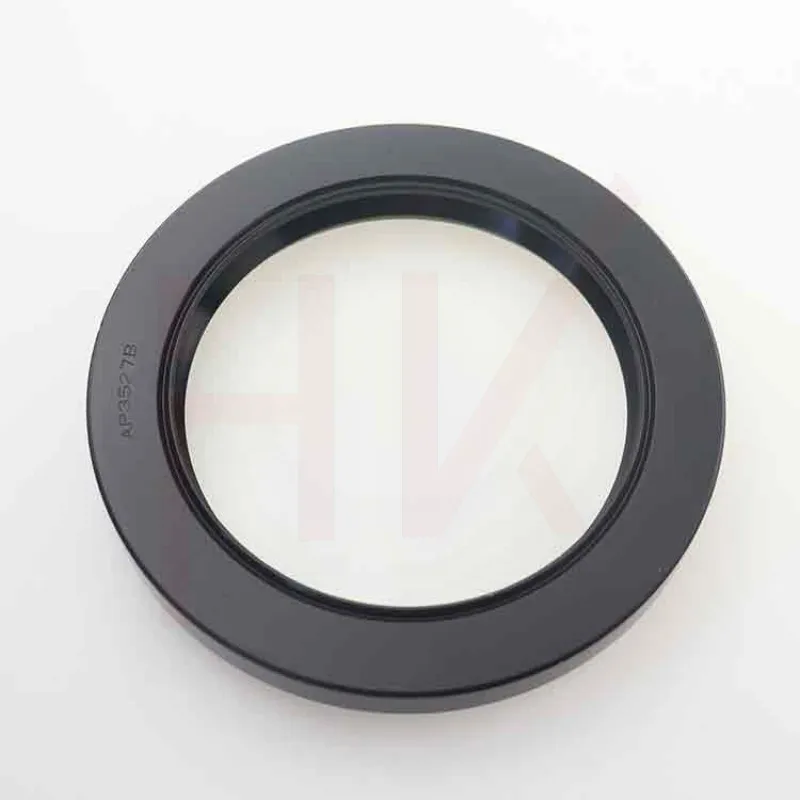Nov . 20, 2024 23:14 Back to list
hydraulic motor oil seal
Understanding Hydraulic Motor Oil Seals Importance, Types, and Maintenance
Hydraulic systems are crucial in various industrial and machinery applications, providing power transmission through fluid. A key component of hydraulic systems is the hydraulic motor, which converts hydraulic energy into mechanical energy. To ensure the efficient operation of these motors, hydraulic oil seals play a vital role. This article delves into the significance, types, and maintenance of hydraulic motor oil seals.
Importance of Hydraulic Oil Seals
Hydraulic oil seals are designed to prevent hydraulic fluid from leaking out of the system and to keep contaminants from entering. These seals are essential for maintaining the efficiency and effectiveness of hydraulic motors. If a seal fails, it can lead to fluid leakage, which not only reduces the system's efficiency but also creates a hazardous work environment due to oil spills. Moreover, contaminants can cause wear and tear to the hydraulic system components, leading to costly repairs and downtime.
The integrity of hydraulic oil seals directly impacts the overall performance, lifespan, and safety of hydraulic motors. A well-functioning seal ensures that the hydraulic fluid maintains its pressure, allowing the motor to operate smoothly and efficiently. This is crucial, especially in applications where precision and reliability are paramount, such as construction equipment, manufacturing machinery, and aerospace systems.
Types of Hydraulic Oil Seals
Hydraulic oil seals come in various types, each designed for specific applications and operating conditions. The most common types include
1. O-rings These are circular seals that fit into a groove and are compressed to create a tight seal. O-rings are versatile and can be used in many applications; they are commonly made from rubber or elastomers.
2. Lip seals Also called radial shaft seals, these are designed to fit onto a rotating shaft and feature a lip that presses against the surface to prevent fluid leakage. Lip seals are effective for maintaining a seal under pressure and are widely used in hydraulic motors.
3. U-cups Shaped like a U, these seals are used primarily for rod applications. U-cups offer excellent sealing capabilities, particularly in low-pressure applications.
4. Square seals These seals provide a greater seal surface area than traditional O-rings and are often used for higher pressure applications.
5. Fabric-reinforced seals These seals incorporate fabric or other materials for added strength and resistance to abrasion, making them suitable for harsh environments.
hydraulic motor oil seal

Selecting the right type of seal depends on various factors, including the specific application, operating temperature, fluid type, and pressure conditions.
Maintenance of Hydraulic Oil Seals
To ensure the longevity and performance of hydraulic oil seals, regular maintenance is essential. Here are some tips for maintaining these critical components
1. Regular Inspections Regularly inspect hydraulic systems for signs of fluid leakage or contamination. Early detection of seal wear can prevent extensive damage to the hydraulic motor.
2. Proper Installation Ensure that seals are installed correctly, following manufacturer guidelines. Improper installation can lead to premature failure.
3. Use Quality Fluids Always use hydraulic fluids that are compatible with the seals. Incompatible fluids can cause swelling, hardening, or degradation of the seal material.
4. Monitor Operating Conditions Keep track of the operating temperatures and pressures within the hydraulic system. Excessive heat or pressure can negatively impact seal performance.
5. Replace When Necessary If seals show signs of wear or damage, replace them promptly to maintain optimal system performance.
6. Clean Components Before reassembling the hydraulic system, clean all components and remove any dirt or contaminants that may lead to seal degradation.
By following these maintenance practices, operators can enhance the performance and lifespan of hydraulic motor oil seals, ensuring the reliable operation of hydraulic systems.
Conclusion
Hydraulic motor oil seals are essential components that play a vital role in the efficiency and reliability of hydraulic systems. Understanding the types of seals available and maintaining them properly can lead to significant improvements in system performance and reductions in downtime. As hydraulic technology continues to evolve, staying informed about the latest advancements in seal design and materials will further enhance the effectiveness of hydraulic machinery in various applications.
-
TCN Oil Seal Metal Ring Reinforcement for Heavy Machinery
NewsJul.25,2025
-
Rotary Lip Seal Spring-Loaded Design for High-Speed Applications
NewsJul.25,2025
-
Hydraulic Cylinder Seals Polyurethane Material for High-Impact Jobs
NewsJul.25,2025
-
High Pressure Oil Seal Polyurethane Coating Wear Resistance
NewsJul.25,2025
-
Dust Proof Seal Double Lip Design for Construction Equipment
NewsJul.25,2025
-
Hub Seal Polyurethane Wear Resistance in Agricultural Vehicles
NewsJul.25,2025
-
The Trans-formative Journey of Wheel Hub Oil Seals
NewsJun.06,2025
Products categories
















